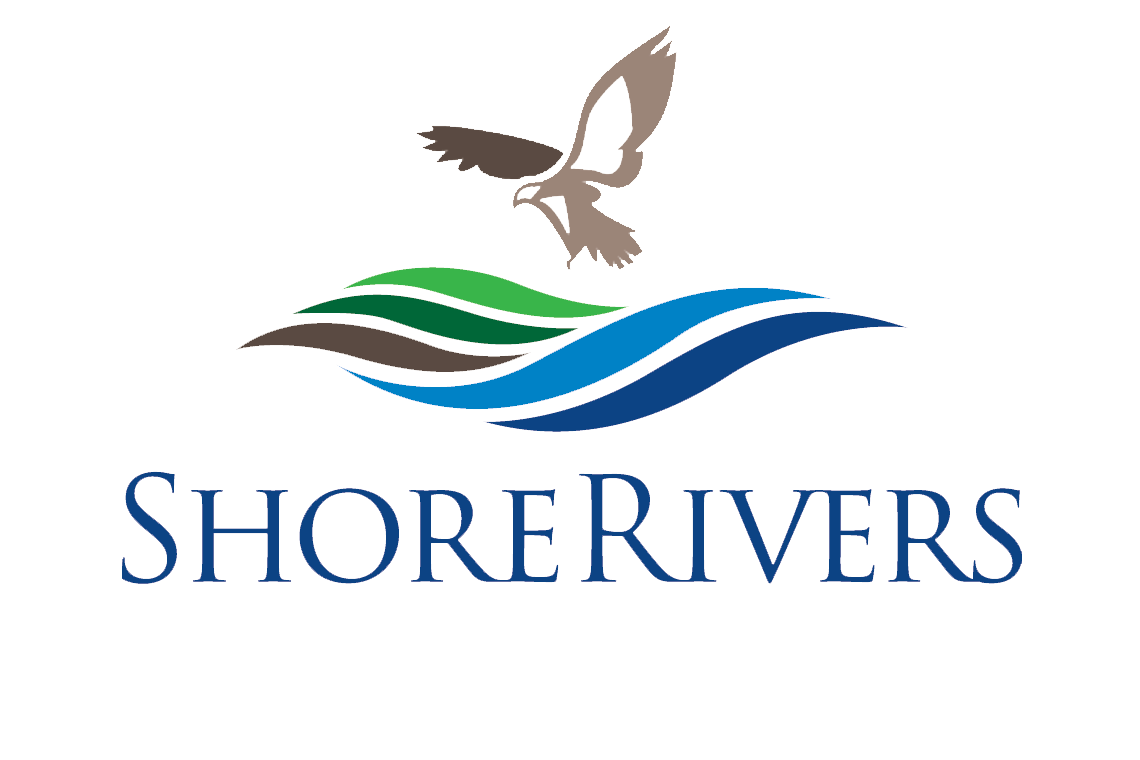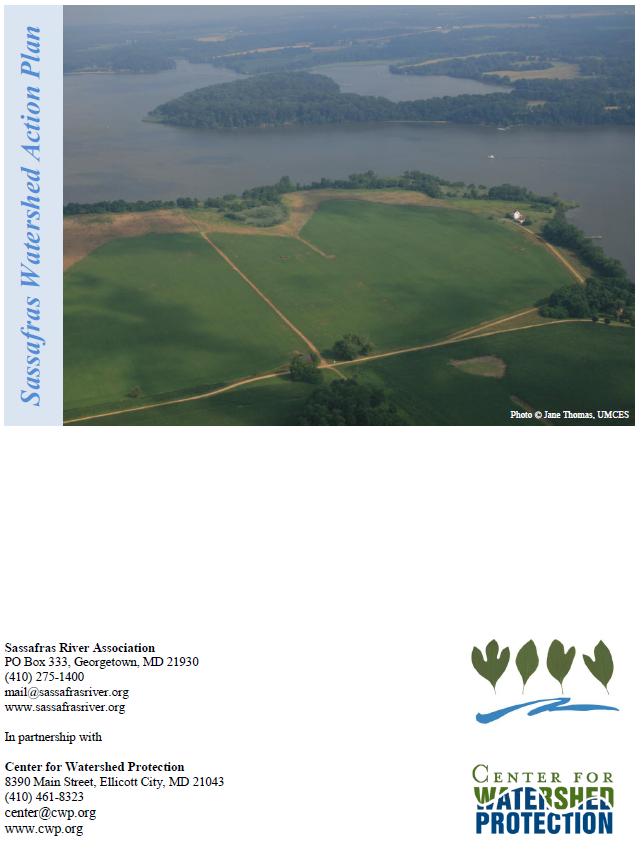Sassafras Riverkeeper
The Sassafras Riverkeeper works to protect and restore the waterways and tributaries of the Sassafras River and Bayside Creeks: Worton Creek, Churn Creek, Fairlee Creek, and Still Pond Creek.
The Sassafras River
The Sassafras River rises in western Delaware and flows westerly to the Chesapeake Bay, forming the natural boundary between Cecil and Kent Counties, Maryland. The Sassafras is tidal for the majority of its approximately 20-mile length and is fresh to slightly brackish. The watershed comprises an area of 97.2 square miles, 75.5 of which is land.
The Sassafras flows through an historic area of Maryland. On August 1, 1608, Captain John Smith was greeted at the mouth of the river by Tockwogh warriors, who escorted Captain Smith and his men seven miles upriver to what is now Kentmore Park. Two of the three towns on the river are Georgetown and Fredericktown, which sit opposite each other by the Route 213 bridge. The two towns were named for the first two sons of King George III, the English monarch during the American Revolution.
During the War of 1812, a small fleet of English ships led by Rear Admiral George Cockburn sailed up the Sassafras. On May 5-6, 1813, the English burned Georgetown and Fredericktown. Local legends speak of Kitty Knight convincing British officers to spare two buildings in Georgetown and fanning out flames with her broom. Today, the two towns again face each other across the picturesque Sassafras River.
In his famed “Rivers of America” series, author Hulbert Footner wrote that “the Sassafras is the most beautiful of Eastern Shore rivers and quite different in character from the streams farther south…The Sassafras is something special in rivers, yet few know it, even in Maryland.”
The Sassafras River watershed remains largely rural, with landscapes of farm fields and forests predominating. The river is impacted by harmful algal blooms, invasive species such as water chestnut, and some of the debris and pollutants that flow through the Conowingo Dam from Pennsylvania and New York.
Bayside Creeks
In 2019 ShoreRivers added the Bayside Creeks (Still Pond, Churn, Worton, and Fairlee creeks) to its territory in order to provide a voice to these bodies of water. Located between the Chester and Sassafras watersheds, this is the first time that this area has been represented by a watershed group and consistently monitored. The Bayside Creeks have a rich history that can be seen in the oyster middens and evidence of Native American villages, anchorages for British flotillas during the War of 1812, and hidden unspoiled wetlands only accessible by kayak or canoe.
Still Pond Creek is approximately 3.97 miles long from the headwaters to where it meets Churn Creek and the Chesapeake Bay. This creek is relatively shallow but still a popular boating and fishing spot due to its sheltered nature.
Churn Creek is approximately 3.53 miles long from the headwaters to where it meets Still Pond Creek. Most of the creek is very shallow which limits boating traffic to kayaks and smaller vessels. There are two “prongs” of the creek, with one branch being just under a mile long and the other branch being navigable for about 1.93 miles.
Worton Creek is approximately 5.79 miles long from the head of Mill Creek to the Chesapeake Bay. It is fed by Mill Creek, Tim’s Creek, and an unnamed tributary. There are two popular marinas on the creek: Green Point Landing Marina and Worton Creek Marina.
Fairlee Creek is approximately 4.95 miles long from its headwaters near the town of Fairlee to where it meets Chesapeake Bay at its mouth. It is fed by three tributaries: Orchard’s Branch, Fairlee Lake, and an unnamed tributary that flows around the town of Fairlee. Mears Great Oak Landing Marina is a popular marina located at the mouth of the creek.














